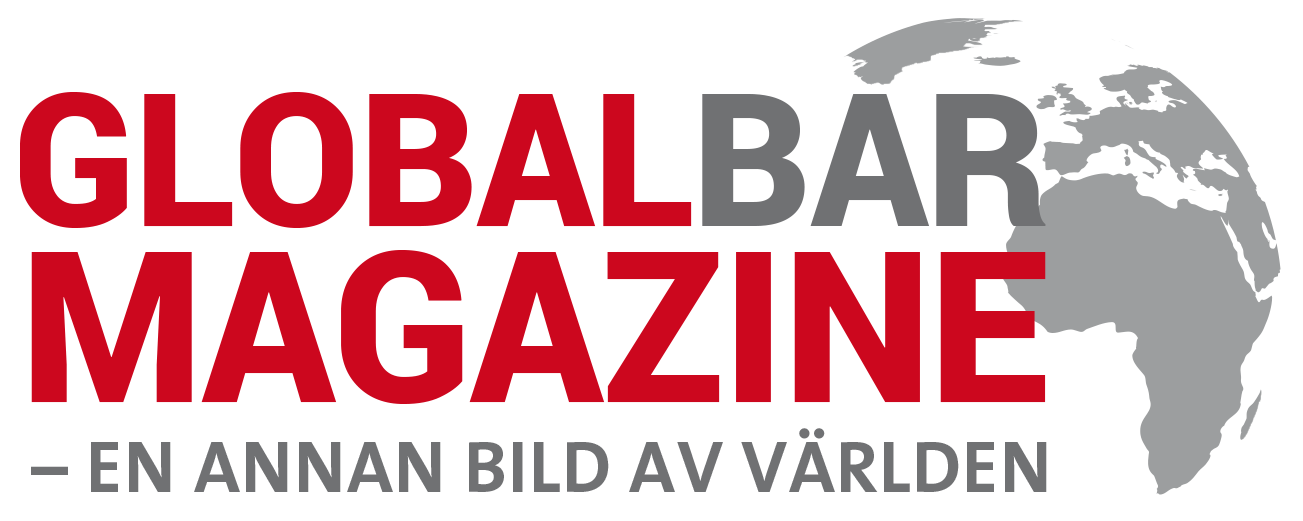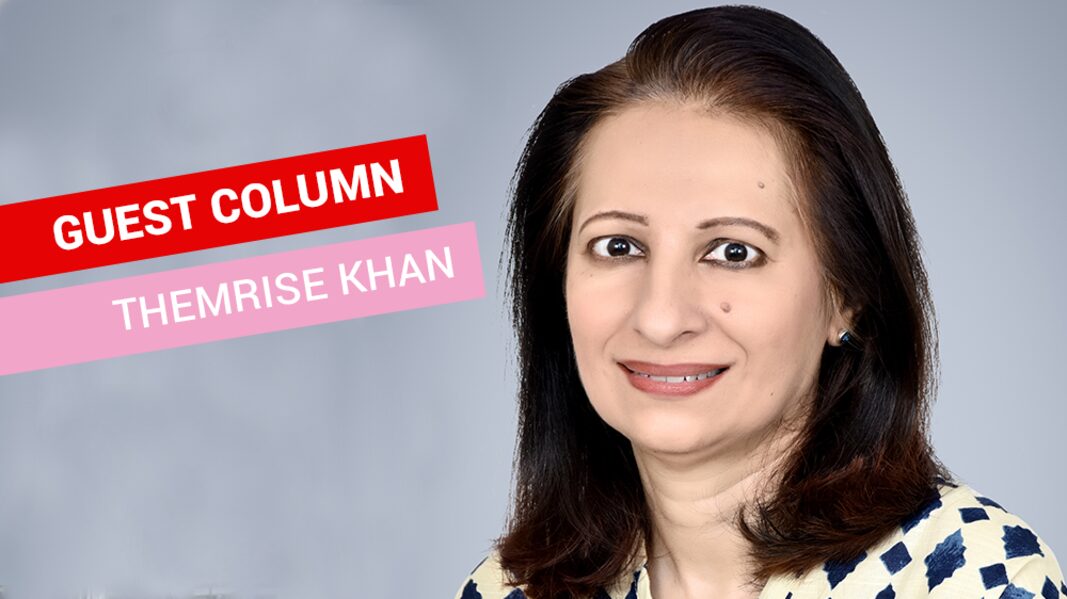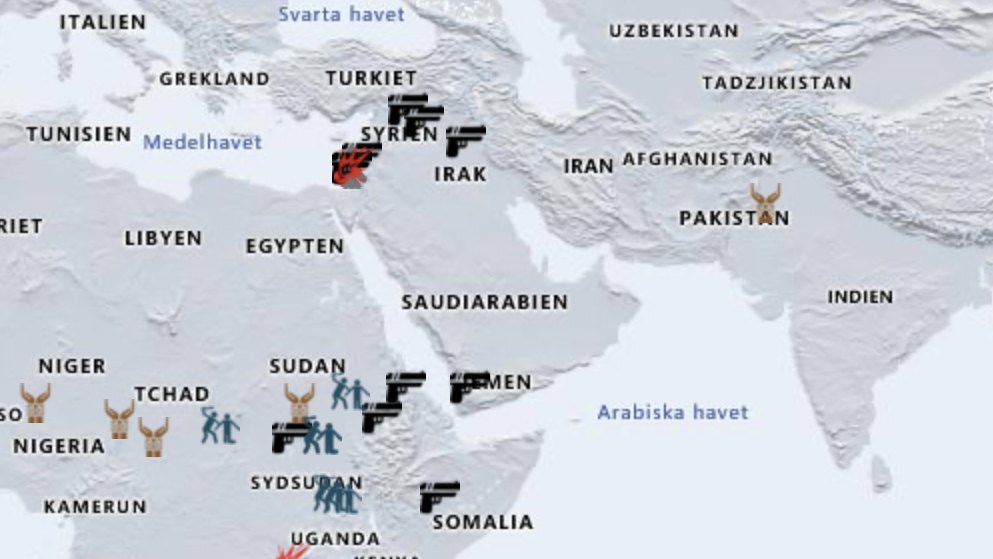COLUMN. The global development cooperation is in crisis following the closure of USAID. Now, organisations in the North are trying to justify continued aid as a tool for so-called soft power. But using aid as a means of power is not only cynical – it is downright dangerous. Power is power, whether it is ”soft” or ”hard,” writes researcher and author Themrise Khan.
This is a column. The opinions expressed in the article are those of the author.
Since the USAID funding cuts put in place by Donald Trump in January 2025, the Global North international development and humanitarian sectors, have been desperately trying to find ways to put foreign aid back on the global agenda. This follows similar reversals of fortune by the UK and Netherlands, who have also cut foreign aid for reasons of greater defence spending and national interests, respectively.
One of the key approaches that Global North civil society is taking to try and reverse this declining trend, which not only negatively impacts on Global South countries, but also Global North implementers and intermediaries, is re-igniting the conversation around foreign aid as a tool of “soft power”. This refers to foreign aid being used by governments as a tool of economic, social or cultural influence around the world.
This is a dangerous approach to vocalize and advocate for. Dangerous, because any sort of power, soft or otherwise, is power. And power is dangerous in any form.
The Global North uses aid as soft power to influence global geopolitics, not to do good. It uses it as a barter system which says, ”we will give you aid for your hungry, poor hoards and you will give us XYZ in return”. That would be fair if the barter was fair. But the ”XYZ” in question, is a nation’s wealth, natural resources, human labour and capital. And eternal subservience. In short, a nations entire identity and modes of survival.
That soft aid is then channelled through Global North civil society organizations to these countries, thus making such civil society organizations complicit in furthering this soft power to help leverage the political wealth of their own countries. And by constantly asking for more aid, these Northern civil society organizations, continue to encourage the cycle of control their countries have via aid.
It’s not very difficult to understand how dangerous this is.
How can you speak about soft power when the worlds’ biggest bully, the United States, bombs countries without any provocation in the name of ”peace”? How can you talk of soft power when this is knowingly being used to leverage the political influence of aid giving countries over others less fortunate? How can you talk of soft power when aid is a tool of geopolitical influence and not humanitarian support?
Those who want to use soft power as the new narrative or communication tool for foreign aid, are doing so at the expense of the sovereignty of countries all over the world. In fact, equally dangerous, is the idea of foreign aid as a “narrative” to sell. People’s lives are not ”narratives” or stories to use to ”market” foreign aid. They are actual living, breathing lives. The notion of aid as soft power is a weapon that will trap countries in an even more dangerous battle for resources like land, oil, critical minerals, water and borders. And something for Northern civil society to exploit even further in the name of ”doing good”. Because in actuality, the aid is actually for them and their business of doing good, given majority of foreign aid funding is used to support the operations and staff of Northern NGOs, rather than to support organizations in the Global South who work in and with their own communities.
”Soft power” is as much a weapon of destruction, as hard military power. It is not a call to support the poor and marginalized of the world. Rather, it is a way to continue to keep the poor in a cycle of dependence that strengthens the aid giver, not the aid receiver. We must stop using this as a reason to continue foreign aid.
Themrise Khan
A shorter version of this commentary originally appeared as a post on the author’s LinkedIn page.
Read a version i Swedish of this text
|
Uppläsning av artikel
|


